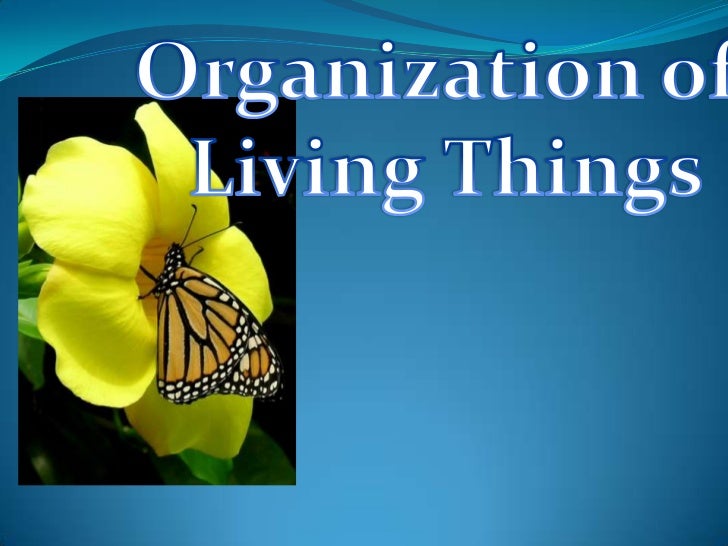UNIT 1. THE ORGANISATION OF LIVING THINGS.
·
Identificar y describir la estructura y
características de los seres vivos.
·
Comprender y describir el ciclo de la vida de
los seres vivos.
·
Encontrar información sobre hechos o fenómenos
científicos relacionados con los seres vivos y hacer predicciones.
·
Describir las funciones de las células, los
tejidos y los órganos.
·
Utilizar métodos de observación e investigación
científicos.
·
Comunicarse en clase utilizando el lenguaje
adecuado.
·
Trabajar con los demás en tareas colaborativas.
·
Mostrar respeto por el trabajo del compañero.
·
Comunicar impresiones del trabajo propio y del de los demás.
1. What do living things do?
2. What are living things made up of?
3. How are animals organised?
4. How are plants organised?
5. What systems do living things have?
6. Let’s work together!
7. Experiment time!
8. Let’s revise!

·
Living things: bacteria, biodiversity, cell, cell wall, environment,
fungus, interaction, species
·
Natural environment: carbon dioxide, gas, heat, light, microscopic,
oxygen,
·
Body functions: nutrient, nutrition, reproduction, senses
·
Plants: chlorophyll, chloroplasts, cytoplasm, membrane, multicellular, nucleus,
organelles, photosynthesis
·
Parts of plants: carbon dioxide, chlorophyll, leaf, minerals, oxygen, pollen, root
hairs, sap, soil, stem
·
Shapes: spherical, spiral, star
·
Anatomy: blood, blood vessel, cell, circulatory system, digestive, embryo, fibrous,
foetus, heart, lungs, lymph, male, muscle, muscular, nerve nervous, organ,
pump, red blood cell, reproductive cell, respiratory, skeletal, stomach,
tissue, valve




















![[Body+Organization+Flow+Chart.jpg]](https://blogger.googleusercontent.com/img/b/R29vZ2xl/AVvXsEjQHMnBQRvsMC_FBxN7xgZc4NAHkj8nEkYIuA2GBBxEPi499ovWMUHSZZKXLUOyuzLKbP02v7pQNce0JuTMos7nq1rILe0qQ6Hpd8lmCppMwLpCrKdmO-eaoU5_8WRX5tmHvh2pLhSvgDw/s320/Body+Organization+Flow+Chart.jpg)





